Color is not just an aesthetic choice — it’s a transformative process that brings life, meaning, and mood to fabric. Dyeing is both a science and an art, dating back thousands of years. Whether it's a handcrafted indigo saree or a digitally printed chiffon dress, how a fabric is colored directly influences its texture, wearability, eco-impact, and visual appeal.
Origin of Dyeing
Dyeing has ancient roots in India, Egypt, and China. Natural dyes like indigo, turmeric, and madder were historically used to add meaning and beauty to textiles. India remains a hub for traditional dyeing techniques like bandhani and block printing.
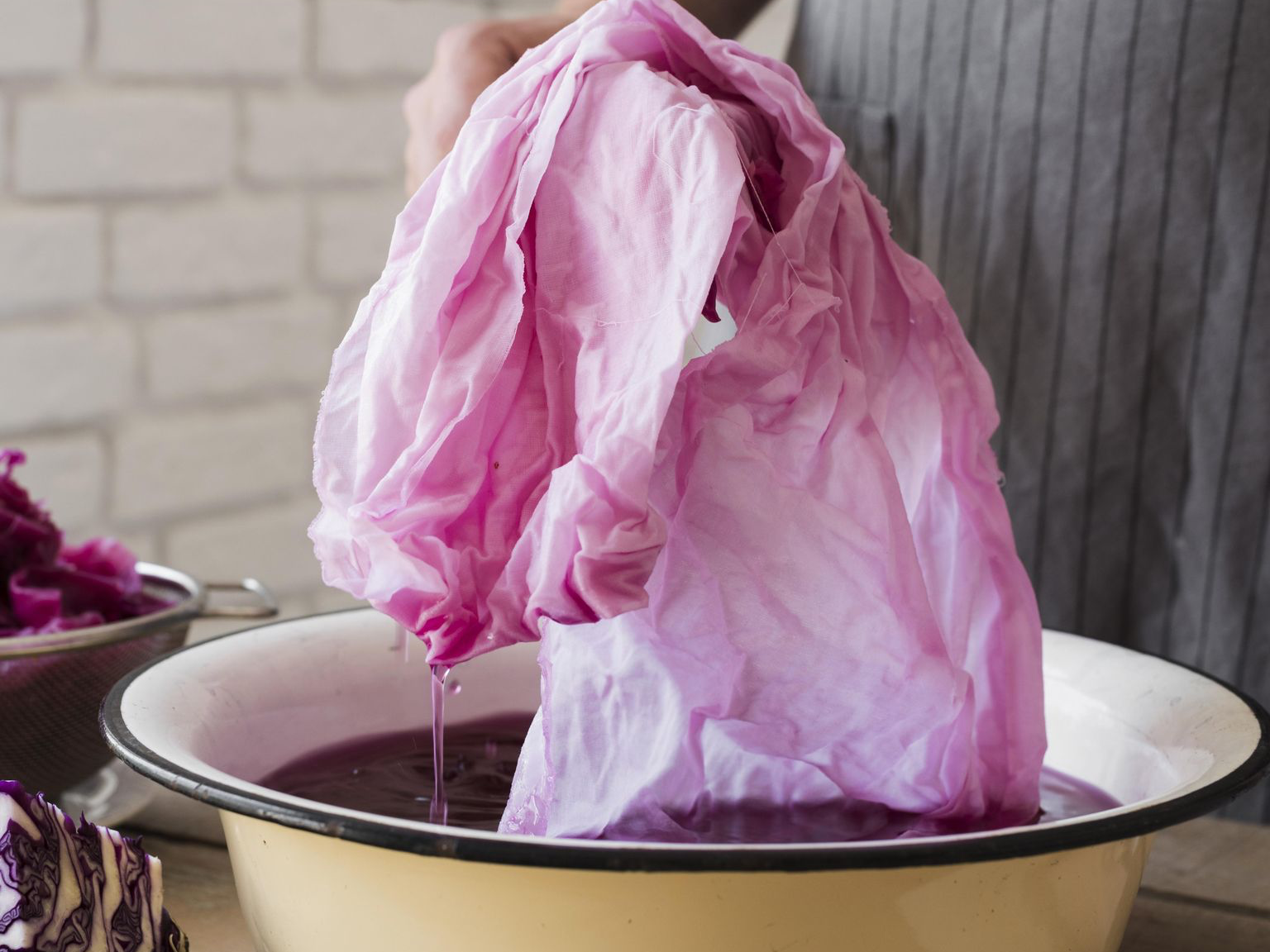
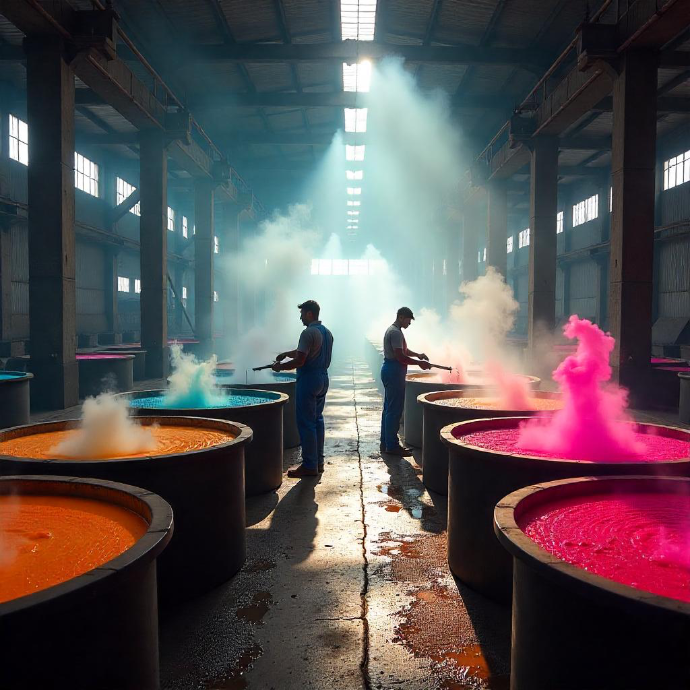
Synthetic Dyes
Chemical-based, consistent, vibrant, and widely used (e.g., acid, reactive, and disperse dyes).
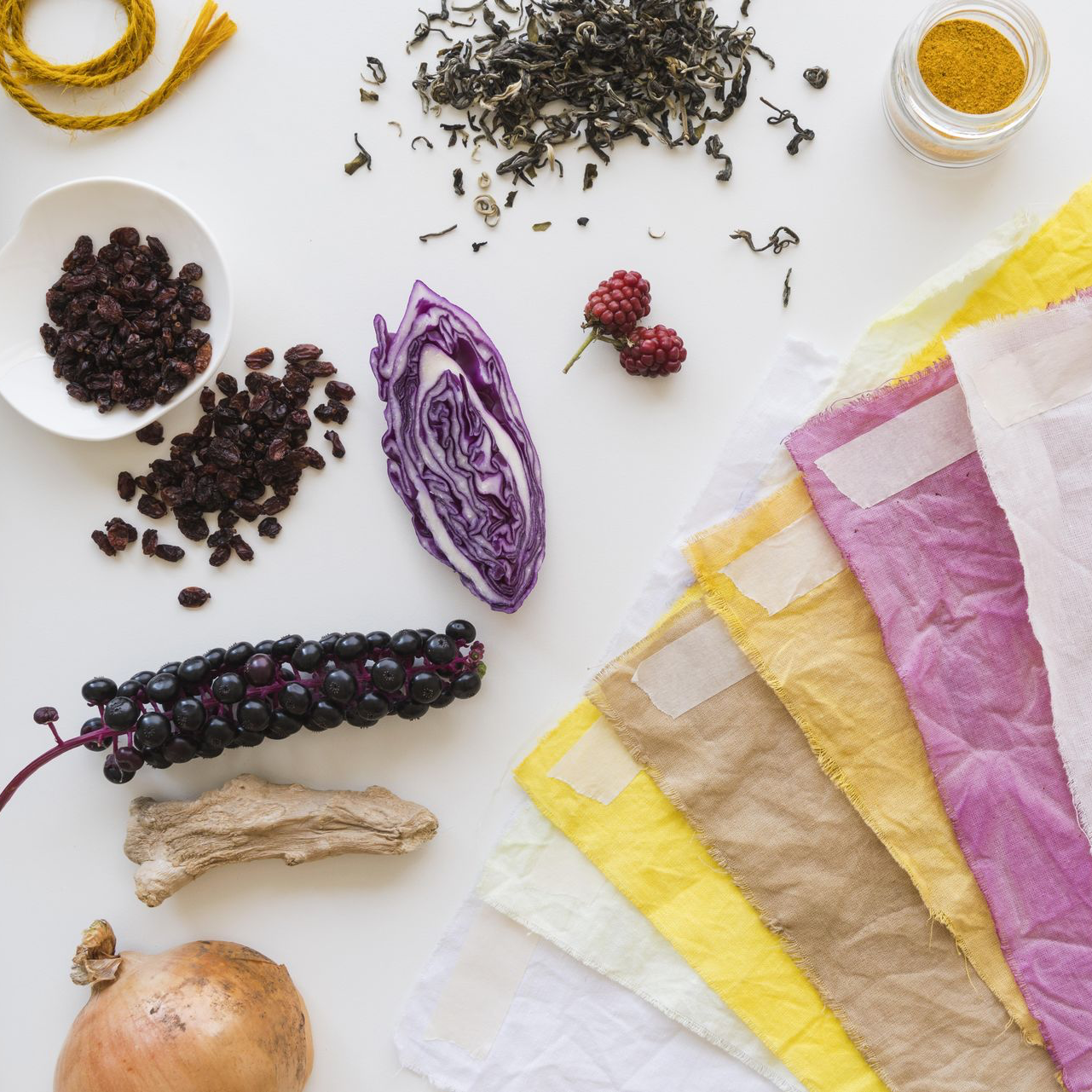
Natural Dyes
Eco-friendly, plant- or mineral-based (e.g., indigo, turmeric), but less colorfast.
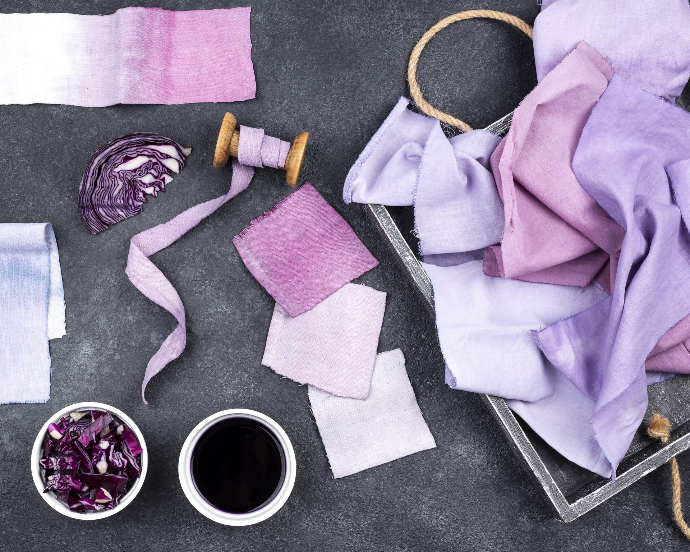
Dyeing Methods
- Yarn Dyeing: Dyed before weaving, gives rich color depth.
- Piece Dyeing: Dyed after weaving; used for solid colors.
- Garment Dyeing: Colors applied to finished garments for a vintage effect.
- Resist Dyeing: Uses wax or ties to create patterns (e.g., batik, tie-dye).
- Digital & Sublimation: Prints detailed images on synthetic fabrics.
- Block/Screen Printing: Hand-applied patterns using wood or mesh.
Environmental Concerns
Traditional dyeing uses lots of water and chemicals. Sustainable alternatives include:
- Natural dyes
- Waterless dyeing (e.g., CO₂ method)
- Enzyme-assisted or closed-loop dyeing
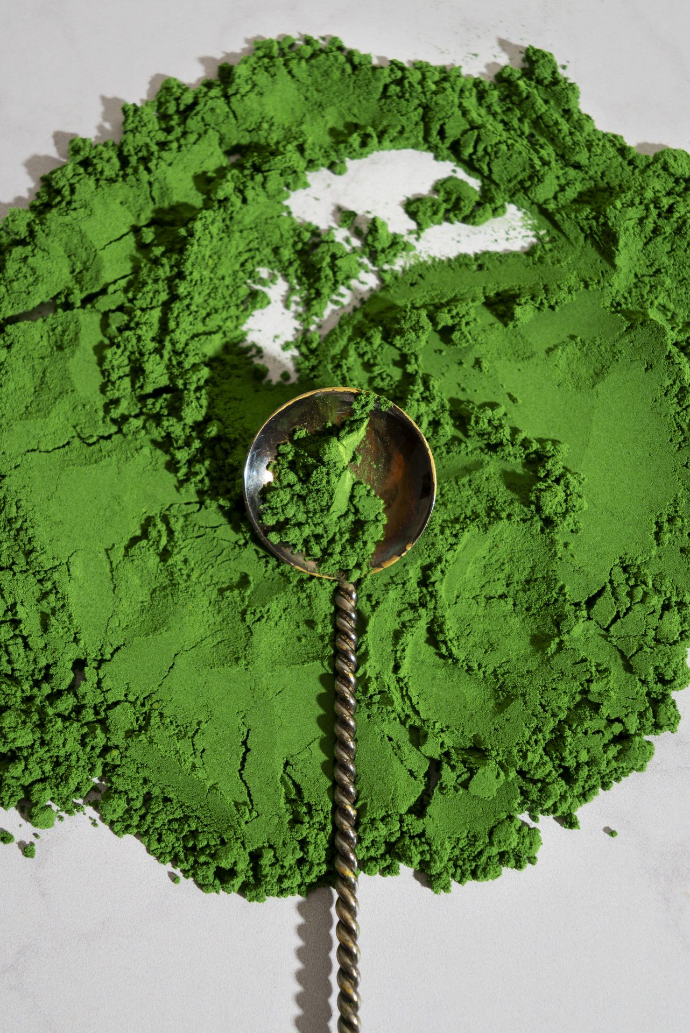
Color Meanings
Colors convey emotion and culture

Red
Weddings, energy

White
Purity or mourning

Yellow
Joy, knowledge

Indigo
Heritage, rebellion

